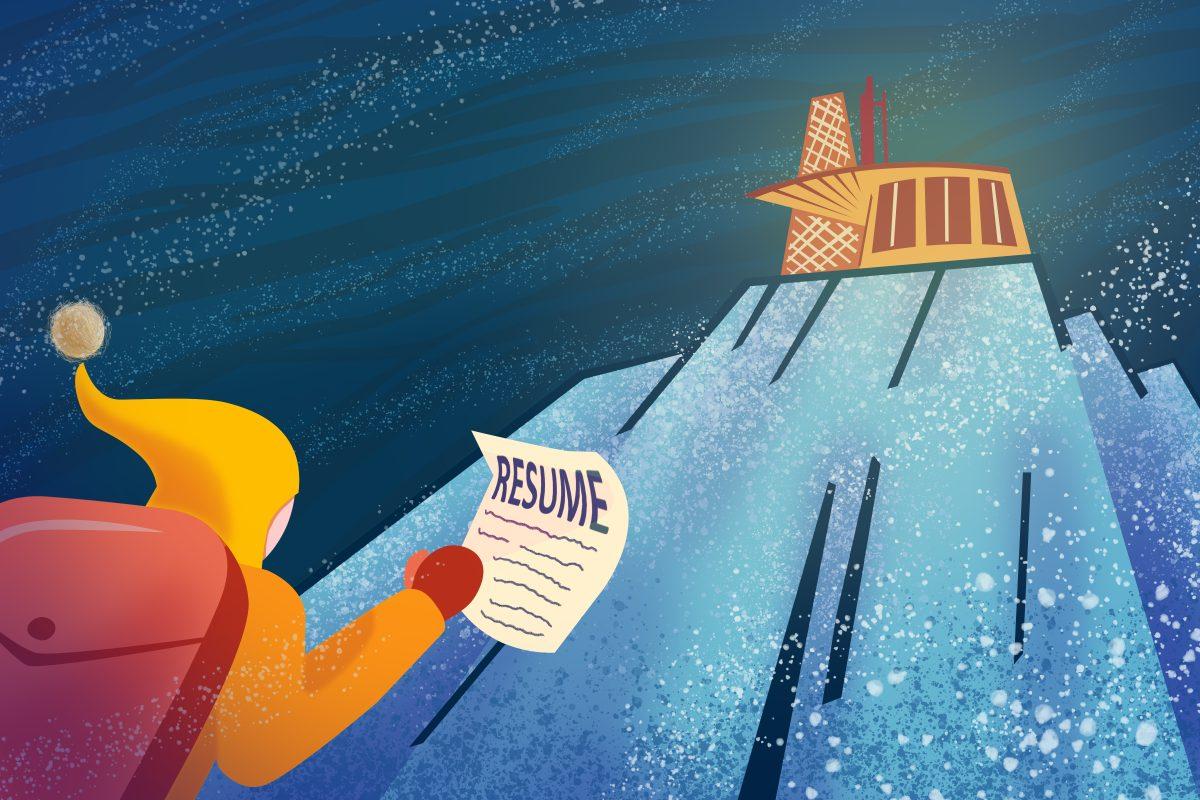When campus shut down in March 2020 due to COVID-19, NC State was forced to furlough both student and full-time staff to compensate for lost revenue. Charles Maimone, vice chancellor of finance and administration, talks about where the University was most affected, exact revenue loss and the future of student employment.
Technician: Where has there been a freeze in hiring on campus?
Charles Maimone: Primarily, the big changes in hiring took place in our auxiliary enterprises. Those areas like housing and dining and parking and McKimmon Center and athletics — all of those places where their revenue was directly affected by the de-densifying of campus, the loss of students on the campus.
Technician: How was student employment affected, specifically?
Maimone: [Student employment] probably is one of the areas hardest hit and most challenging. If you think about all the services that were once in person…before last March when we shut the campus down, residence halls and dining and those kinds of things, all of the jobs that were taken up by students, have especially been reduced… From summer to this past fall, that’s where a lot of student positions were not rehired coming into the fall or were only hired back to the extent that we came back.
Technician: Was it just student workers that had to be let go, or were there other university employees that had to, as well?
Maimone: It isn’t student specific. One of the difficult decisions we had to make was furloughing permanent staff in these same areas. We’ve been working to undo that as much as we possibly can. The vast majority of folks who were furloughed were furloughed in a partial way. In other words, they went from full time to three-quarter time or half time. Some were full furloughs, meaning we didn’t have any work for them at all, but we’ve been working to try to bring them back as well, just not in any larger numbers than before, so that it won’t have a direct effect on student employment when we do get back in the fall. That has been a priority of the institution — to try to address the furlough issue and get people back to work who we know we need in the fall.
Technician: How did COVID-19 specifically affect the University’s monetary resources/budget?
Maimone: [Campus Enterprises, NC State Athletics, etc.], is the single place where we’ve had the largest drop in revenue. The first thing that these organizations had to do was reduce their expenses. Some of that was staffing, so that’s why you’d see few student employment opportunities and more furloughs. But also looking at contracts for supplies and equipment and saying, “Look, we don’t need quite that much,” and renegotiating those, and in some cases, actually shutting down areas so that utilities and other things like that could be reduced at the same time. The attention was really on trying to get expenses down first before we did anything else.
Technician: How much money was lost by the University when COVID-19 shut things down?
Maimone: In the fall, we lost about $75 million in revenue across our primary auxiliary enterprises and that has been very, very challenging. I will say the COVID-[19] relief funds, both from the federal government and from the state, have been very helpful in holding those organizations in a place where they are going to be able to rebound. That has offset about $30 million in COVID-[19] related expenditures, a lot of which really allowed them to get back into business. So buying masks and sanitizer and putting up plexiglass and all the things that happened both in the classroom and in some of the auxiliary areas, reopening the wellness center, having an outdoor rec area for a while — those are all investments that were made and opportunities that we tried to put into play to create safe environments for people to come back.
Maimone said he anticipates that as the University continues to reopen in the fall, more in-person classes, activities and student employment options will be available.
Students can find more information about student employment opportunities as it becomes available on the Campus Enterprises website.













